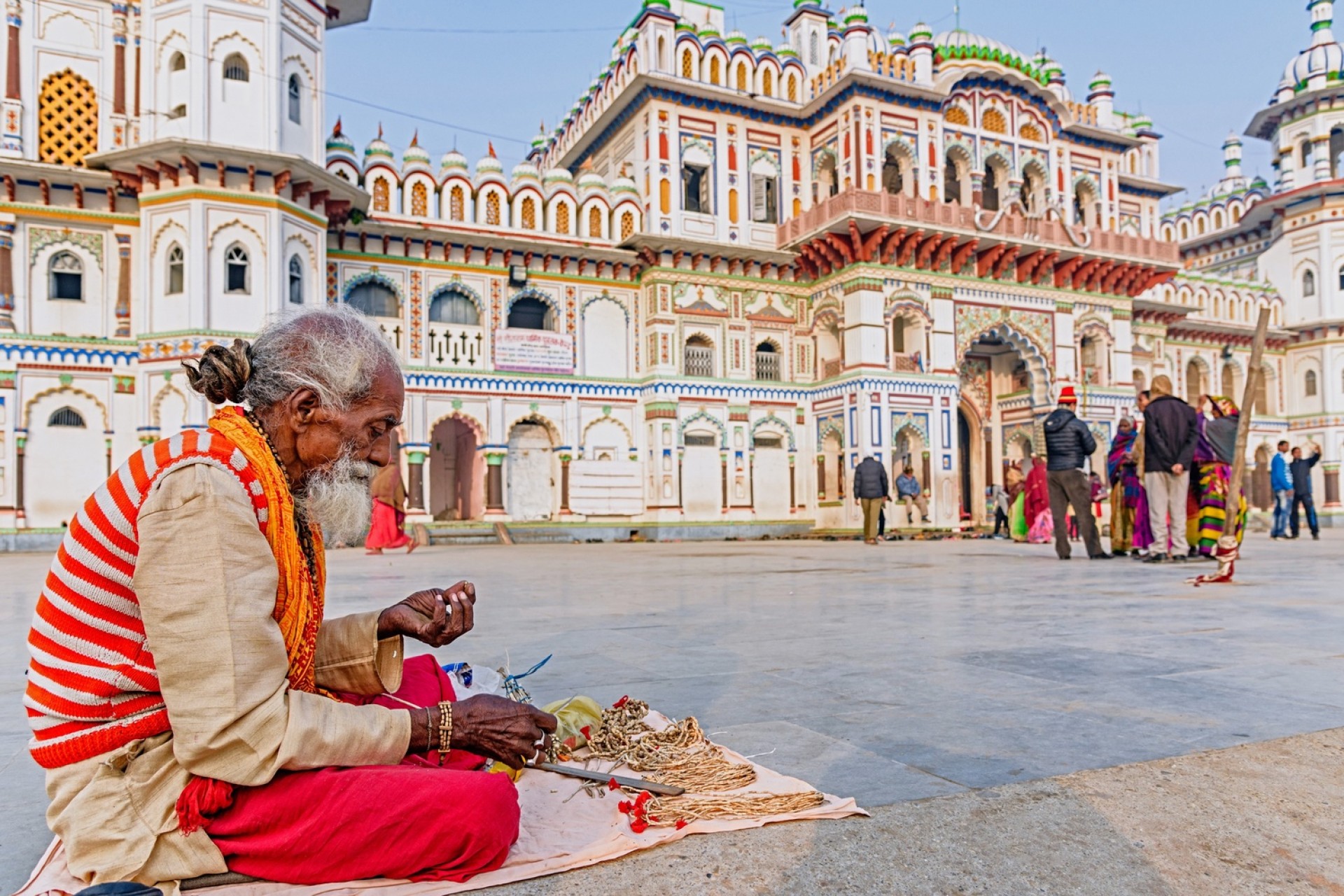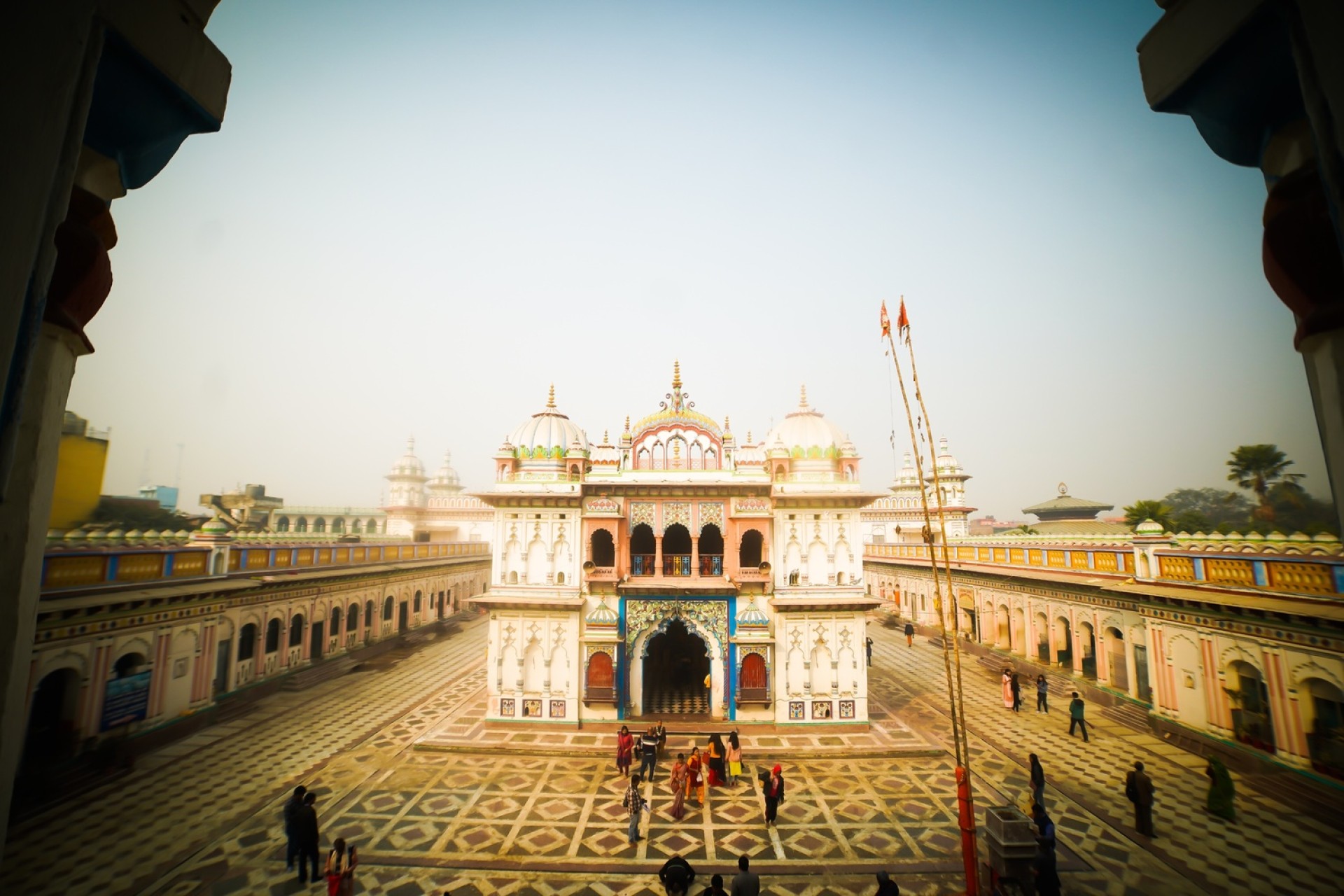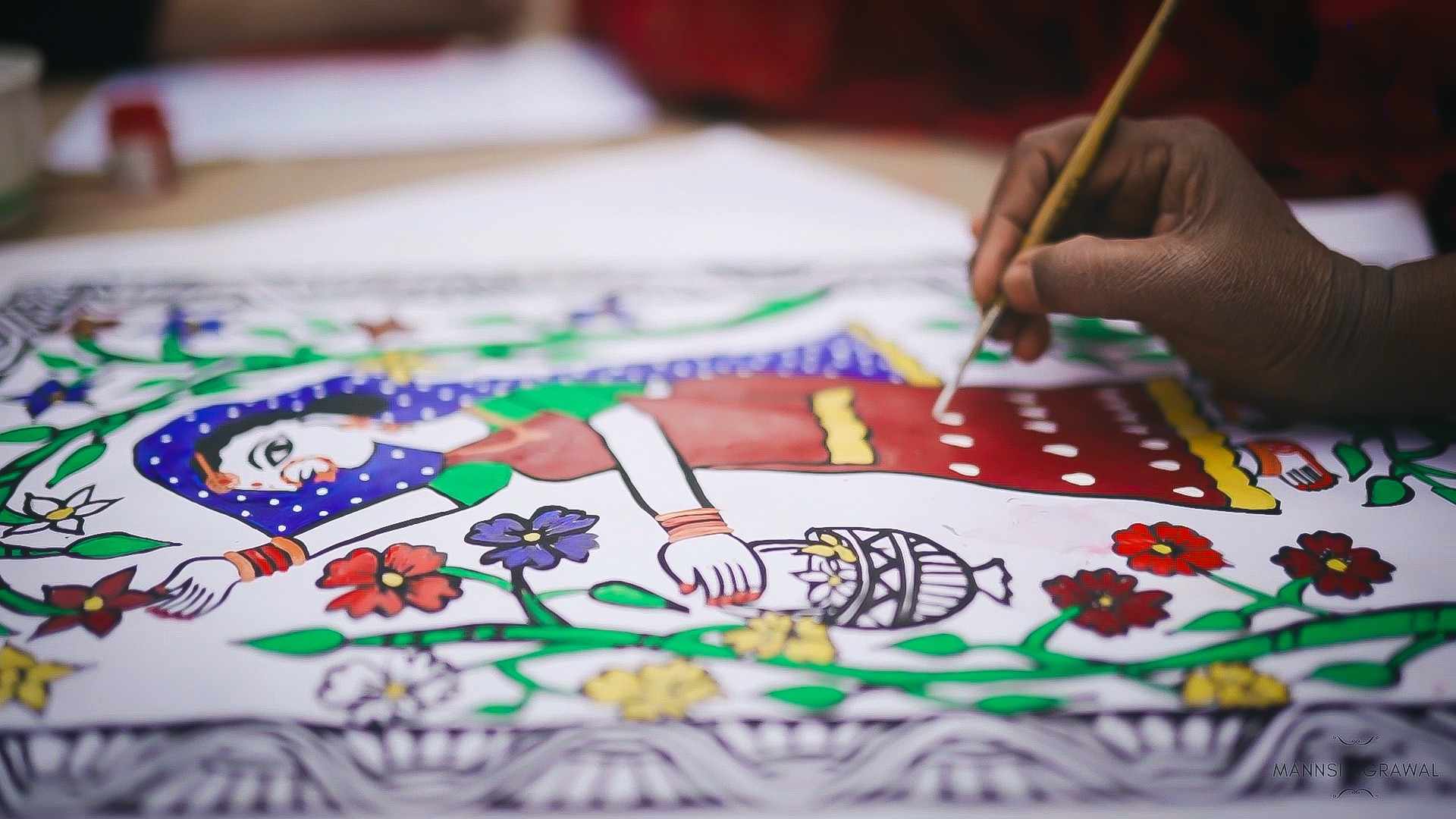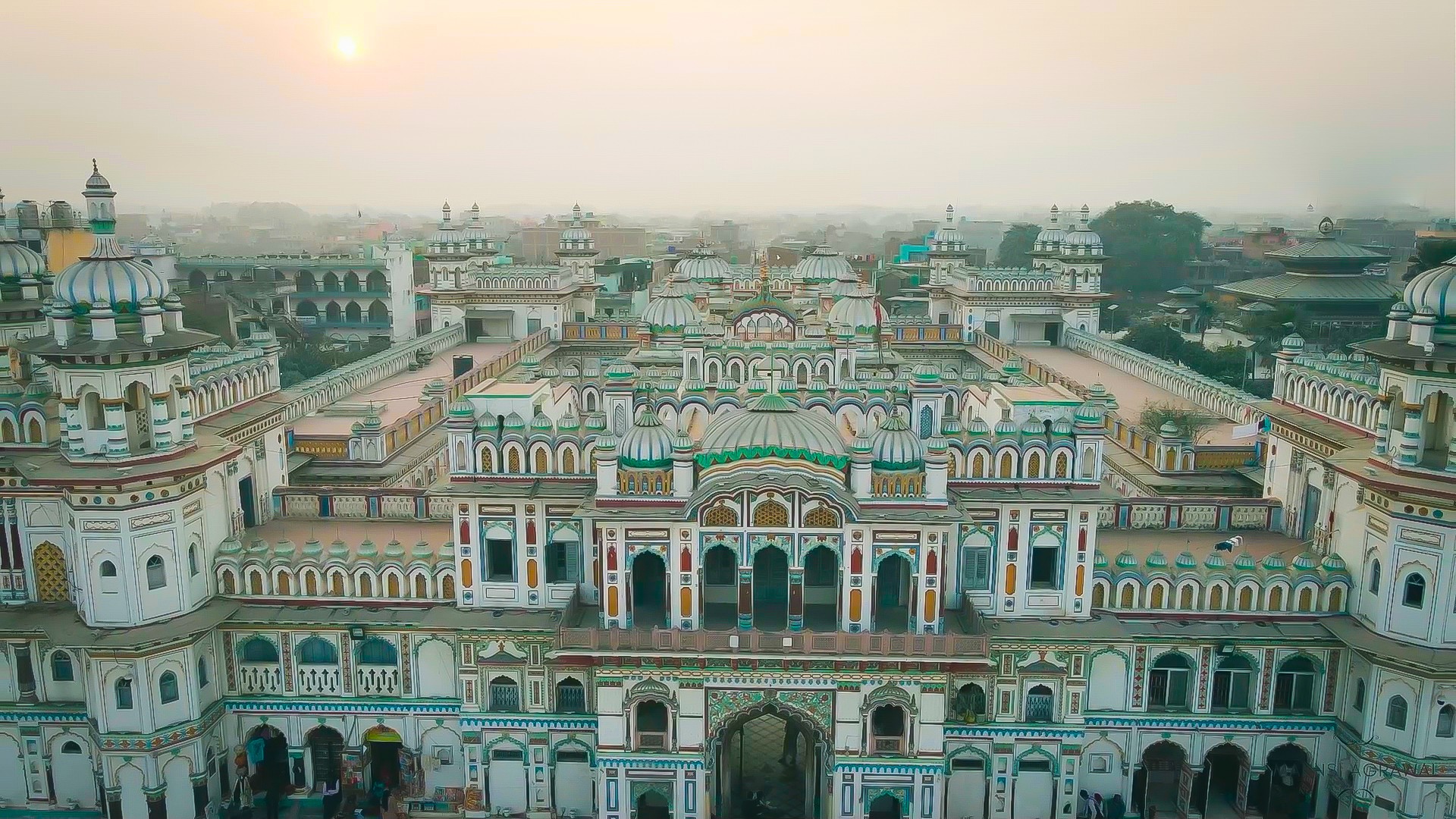-
Places to go
-
Things to do
-
Adventure
Nature
Culture
Wellness
Others
-
-
Festivals & Events
-
Festivals
Event Calendar
-
-
Plan Your Trip
-
Trip Ideas
Travel Details
Book Your Trip
-
- Travel Updates
Janakpur Awaits: A Journey into Art, Faith, and Tradition
Located in the heart of Nepal’s southern plains, Janakpur, also known as Janakpurdham, is one of the country’s most sacred and culturally vibrant cities. Traditionally believed to be the birthplace of Goddess Sita (Janaki) and the capital of the ancient Mithila Kingdom, Janakpur invites visitors into a world where mythology, devotion, and living art come together in harmony.

According to legend, Janakpur flourished during the Treta Yuga, when King Janak ruled Mithila. It was here that Sita, his daughter, was born and later married Lord Rama of Ayodhya—an event still celebrated with immense devotion through the festival of Vivah Panchami every year.
The Grandeur of Janaki Temple
The centerpiece of Janakpur’s spiritual landscape is the Janaki Temple, an architectural jewel built in 1874 CE. This stunning three-storey marble monument blends Mughal and local architectural styles, featuring domes, pillars, and intricate carvings that glow beautifully in the sunlight.
The temple enshrines the image of Goddess Sita and is one of the largest and most revered temples in Nepal. During Vivah Panchami and Rama Navami, Janaki Temple becomes the heart of grand processions, devotional music, and cultural rituals that attract pilgrims from Nepal, India, and beyond.
Surrounding the temple are sacred ponds such as Ganga Sagar, Dhanush Sagar, and Parshuram Kunda, each linked to ancient legends and rituals that continue to be practiced today.

Mithila Art: The Soul of Janakpur
Janakpur is equally renowned as the creative hub of Mithila art, also known as Madhubani painting—a traditional art form that expresses the heart of the Maithili people. Characterized by vivid colors, geometric patterns, and symbolic motifs, Mithila art tells stories of gods, goddesses, nature, and daily village life.
Traditionally, Maithili women painted murals on the walls and courtyards of their homes during festivals and ceremonies. Over time, this vibrant folk art found new life on paper, cloth, and ceramics, preserving ancient traditions while empowering modern artisans.
Institutions such as the Janakpur Women’s Development Centre (JWDC) have played a key role in revitalizing Mithila art since the 1989. The center trains local women, supports sustainable livelihoods, and shares their art with visitors and the world. Travelers to Janakpur can visit these workshops to observe the artists at work and purchase authentic Mithila paintings, ceramics, and handicrafts as meaningful souvenirs.

Festivals, Faith, and Everyday Beauty
Janakpur is alive with celebrations throughout the year. The most prominent is Vivah Panchami (November–December), when the divine wedding of Sita and Rama is reenacted with spectacular processions, traditional music, and devotional rituals. Other festivals such as Rama Navami, Deepawali, and Chhath bring the city to life with lights, prayers, and songs.
Beyond temples and festivals, visitors can explore the sacred ponds around the city, stroll through colorful bazaars adorned with Mithila motifs, and enjoy the warmth of Maithili hospitality and cuisine—an experience that captures the spirit of Nepal’s Terai region.

A Living Heritage for the World
Janakpur is not only a sacred destination but also a living expression of Nepal’s cultural diversity. Its timeless art, music, and devotion reflect centuries of creativity and belief. For travelers seeking to experience Nepal beyond the mountains, Janakpur offers a journey into a world of legend, artistry, and living tradition.
Whether you come to pay homage at the Janaki Temple, admire the intricate Mithila paintings, or simply soak in the serene beauty of this cultural gem, Janakpur welcomes you with open arms and endless color.

Nepal Tourism Board is a national tourism organization of Nepal established in 1998 by an Act of Parliament in the form of partnership between the Government of Nepal and private sector tourism industry to develop and market Nepal as an attractive tourist destination. The Board provides platform for vision-drawn leadership for Nepal’s tourism sector by integrating Government commitment with the dynamism of private sector.



